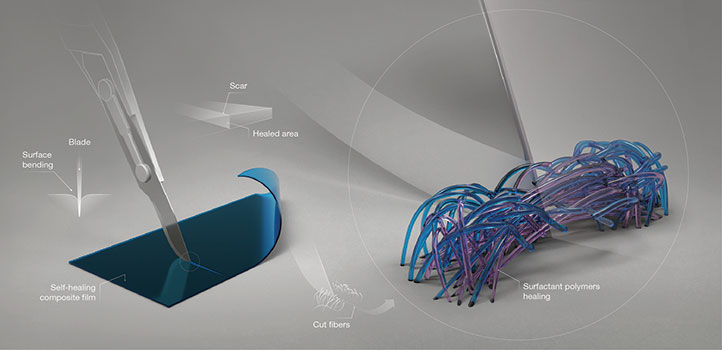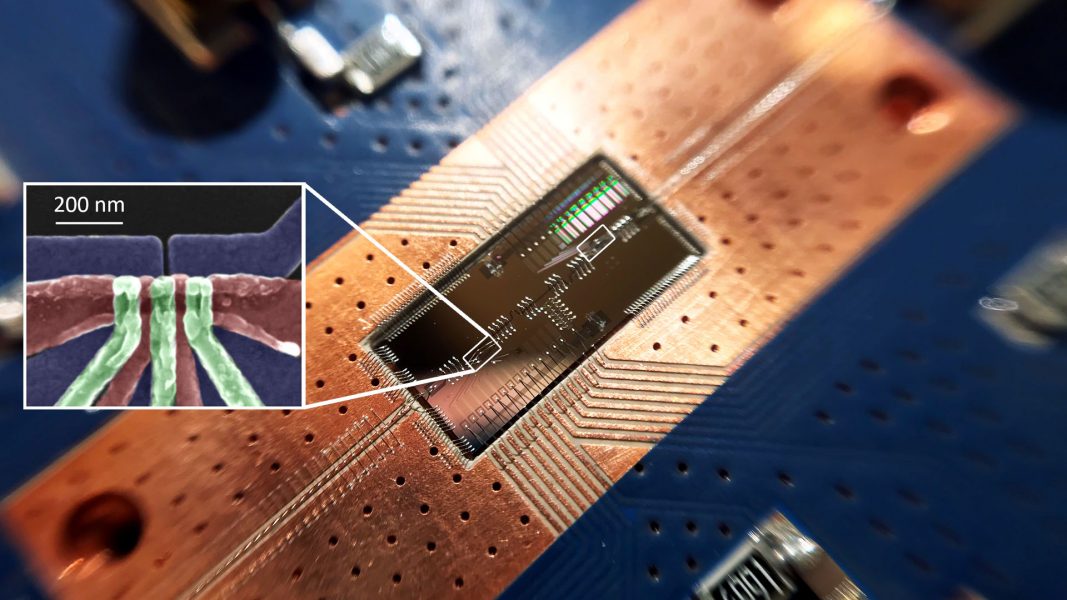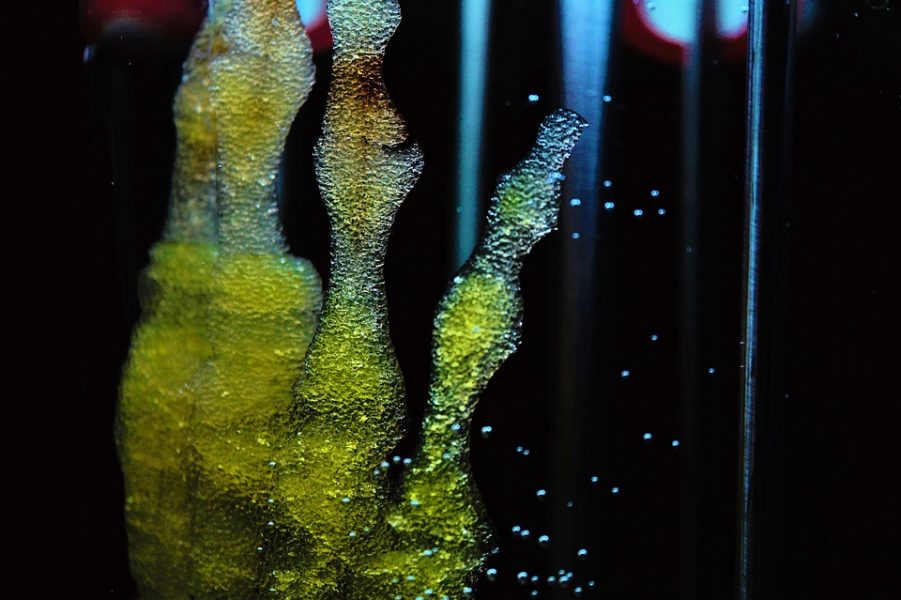Sensors that are worn on the skin could soon be powered by our own body heat.


Sensors that are worn on the skin could soon be powered by our own body heat.

Recent progress in density functional theory provide new insights for chemical concepts like electrophilicity, nucleophilicity, regioselectivity, stereoselectivity, and more.

Princeton scientists demonstrate that two silicon quantum bits can communicate across relatively long distances in a turning point for the technology.

AI is growing at a rapid pace and solving complex problems in the process—but what are the risks of such a sophisticated technology?

A Sussex student invented a bioplastic sourced from the sea.

Organic solar cells could be an important part of future power generation, but only if their efficiency increases.

A sprayable heat shield can reduce engine exhaust gases for economical aircrafts
![An Artificial Cell-On-A-Chip [Video]](https://www.advancedsciencenews.com/wp-content/uploads/2019/12/bacteria-359956_1920.jpg)
An artificial cell, which uses a microfluidics-based approach to engineer a modular and programable artificial‐cell‐on‐chip.

Scientists take us a step closer to making cell transplantation a viable clinical option.

Researchers have created a wearable device which offers unprecedented opportunities for joint rehabilitation.